Text by Kathryn True. Photos by Harsi Parker.
Minutia. I’ve always loved that word. It’s a rather long term for wee things, and maybe it’s that paradox that I enjoy, or the rolling wave of the syllables as they pass through my mouth.
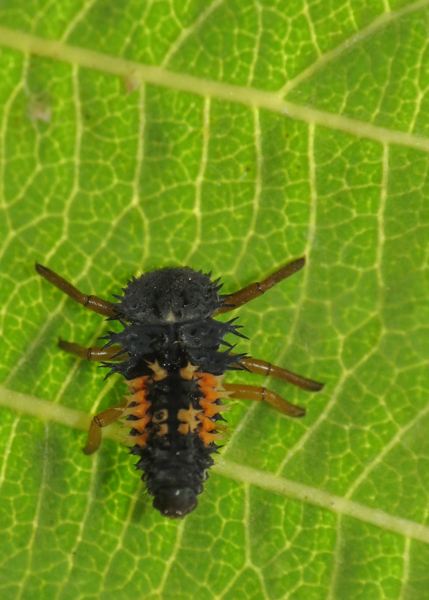
Minutia in nature hold hidden worlds within worlds that continually delight and astound me—and all it takes to enter is a closer look. Turn your binoculars the wrong way ‘round and use them as a hand lens—put your eye up to the end that you usually don’t look through and move in close to your subject: magnify an ant fight, interrupt a spider’s nap, or follow a bumblebee into a foxglove flower. This is one of my favorite ways to disrupt a day, as satisfying as a walk among cedars.
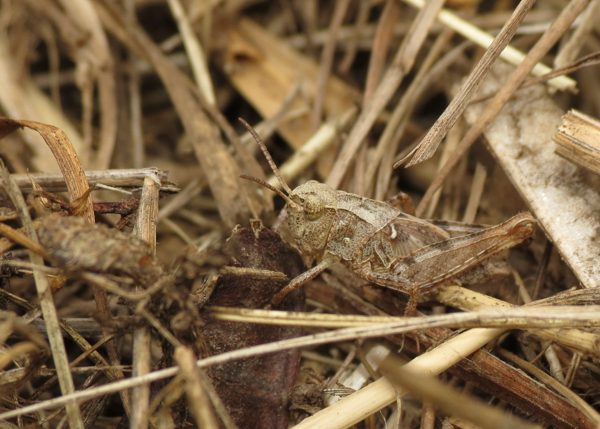
Last week, Harsi Parker—island naturalist and resident “bug maven”—and I explored the Vashon Center for the Arts (VCA) Heron Meadow in anticipation of the upcoming VCA Garden Tour. (Please join Vashon Nature Center June 22 and 23 for free, nature-focused exploration and visioning at our new home base at the VCA Heron Meadow. Parker will be available for interpretive insect walks from 10 to noon on Saturday, June 22.) To go “insecting” (insect watching, and spiders, too) you must be both quick and patient: Quick to see the bugs where they land or hide, and patient because they often flit or scurry away as soon as you draw near. We were lucky to visit on a trying-to-be-sunny day. Most insects slow down on cooler days, allowing the curious a closer look and better photo opportunities. Anyone with a cellphone and a somewhat steady hand can take closeups of small island residents. Parker has bountiful patience, a talent for photography, and a good macro lens for her camera. (I use my cellphone with a cheap rubberband macro.) Her photos featured here offer a tiny introduction to the plethora of beings dwelling at the VCA Heron Meadow. (Visit this iNaturalist location page to find a growing collection of nature sightings recorded here, and check out more of Parker’s remarkable insect photography here.)
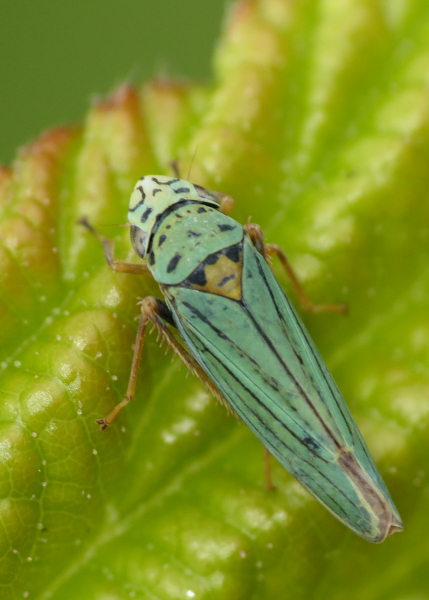
Parker began seriously studying insects 11 years ago and is familiar with most insect families on the island, but is quick to add that she is always learning and is perpetually in the process of assigning names to individual species. To walk with her is to enter another world, one in which we are storybook giants—creatures the size of skyscrapers, ambulatory mountains. With Parker by your side, you learn to step a bit more lightly, slow down, and revel in peeling back an abundant layer of island biodiversity: The beneficial masses who pollinate our gardens, feed the swallows, aerate and build the soil, distribute seeds, and help break down dead matter. We could not survive without them.
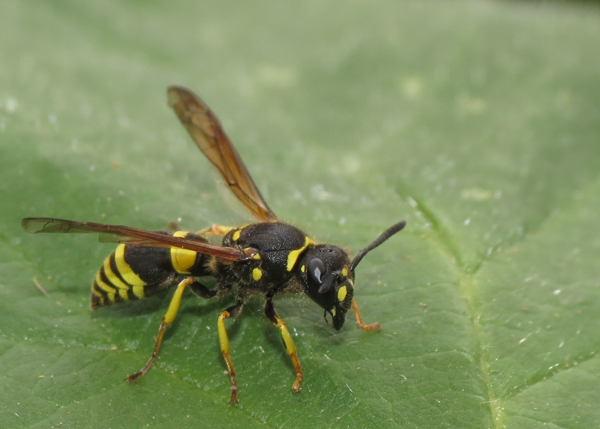
After just two hours of exploration, Parker was pleased to find five native bee species, including a sweat bee, a solitary bee from the genus Lasioglossum (see the featured photo above at the beginning of the article). We watched this individual groom itself for several minutes, in fact this photo catches the bee in “mid-head scratch.” Parker described having seen bees hold onto a leaf or stem with their mouth to free up all legs for a Cirque de Soleil-worthy grooming experience.
Look into the bee’s eye, and you too may be surprised and even enchanted by the beguiling beauty and intriguing world of our local resident insects. This is your invitation to minutia—a free ride to another world.
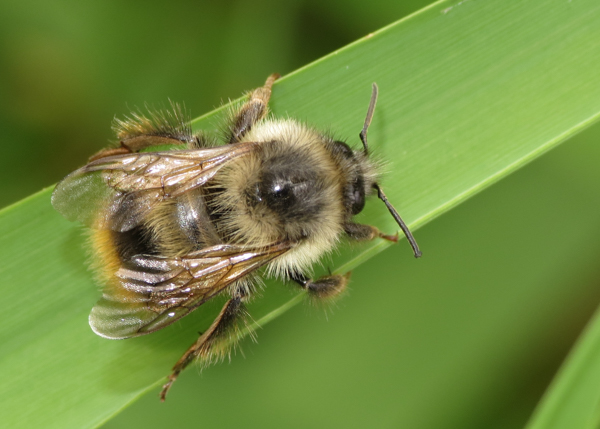
Pro tip: A great field guide for local insects and spiders is Pacific Northwest Insects by Merrill A. Peterson.
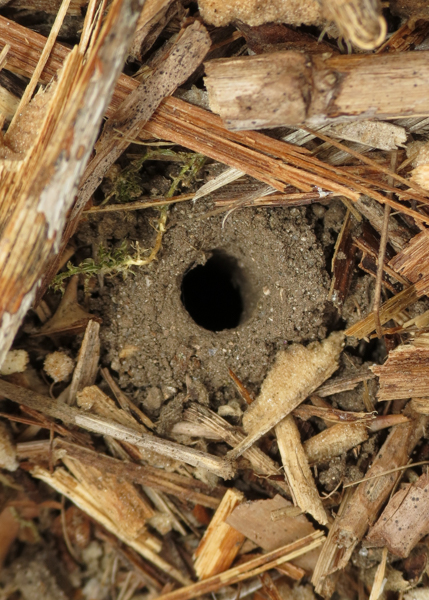

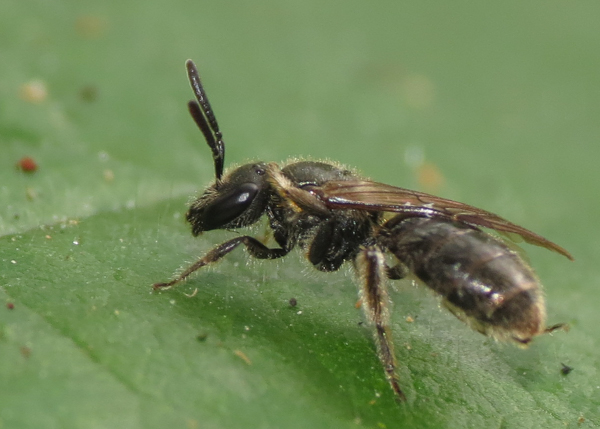
Thank you for this fascinating introduction to minutia in the meadow!
Sure thing, Julie! Thanks for reading and taking time to write!
This is a wonderful partnership of observation and story! Thank you for illuminating some of the thousands of semi-invisible biographies of the meadow community!
Thanks Rayna! I loved it too. There are so many worlds at our fingertips and I’m grateful for those who show them to us.
Thank you for this wonderful story. I know more about my (small) neighbors now.
Thanks for taking time to write!